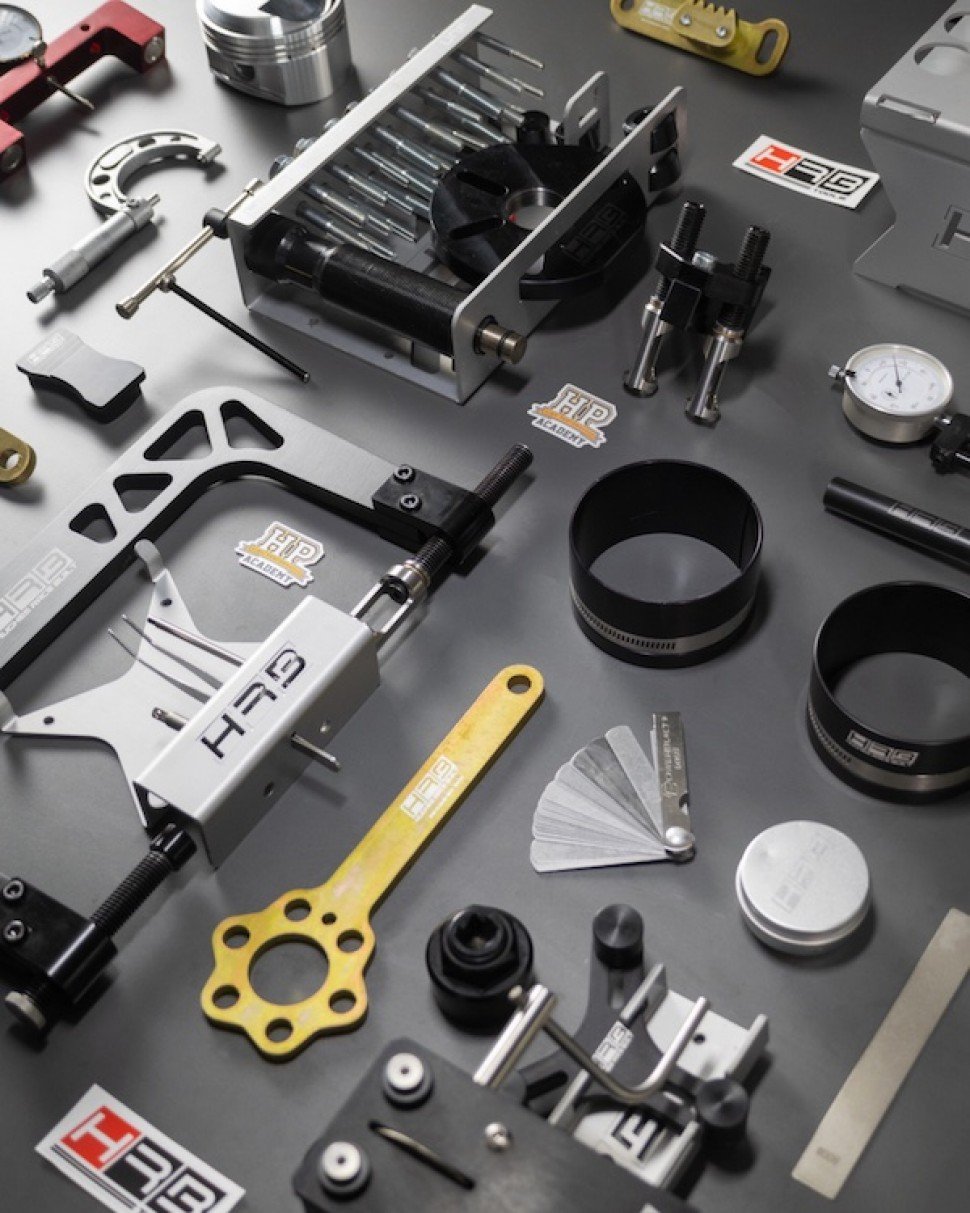| 00:00 |
- In this module, we're going to learn about the shielding gas we use in TIG welding and why it's so crucial to our TIG welding process.
|
| 00:08 |
If we didn't use this gas, our weld would be a fizzing mess because oxygen, moisture and contaminants in the atmosphere would all react with a molten weld pool.
|
| 00:17 |
All TIG welders use argon for their shielding gas because it's inert which means it won't undergo a chemical reaction when exposed to heat or pressure.
|
| 00:26 |
Argon is the third most plentiful gas in the earth's atmosphere so it's relatively cheap and easy to get hold of.
|
| 00:33 |
Once it's purified and stored in bottles under high pressure, we can use argon to weld all metals in the TIG welding process.
|
| 00:41 |
There are also blends of gases for specialised applications but for motorsport applications, we really only need to use argon.
|
| 00:49 |
Bottles of argon hold pressures of up to 20,000 kPa or 3000 psi and they are available in a series of different sizes to suit your specific application.
|
| 01:00 |
The most common bottle sizes include D size, which holds 2 cubic metres of gas, E which holds 4 cubic metres, F which holds close to 10 cubic metres and G which holds 15 cubic metres.
|
| 01:15 |
The correct sized bottle for your use will simply depend on how often you're using your TIG.
|
| 01:21 |
For sporadic use, the smaller D size might be sufficient, however as you start using your TIG more frequently, you'll find you're doing regular runs to your gas supplier and stepping up to an E or F size bottle will quickly make sense.
|
| 01:35 |
The larger G size bottles are generally reserved for industrial use only.
|
| 01:40 |
To give you an idea of how long a bottle will last under typical usage, you could assume that an E sized bottle of argon used on average for 2 days a week would last close to 3 months depending on your specific welding setup and flow rates.
|
| 01:55 |
There are plenty of ways to reduce your argon usage too and we'll get into these as we progress through the course.
|
| 02:02 |
Argon is distributed out of the high pressure bottles and into our TIG welding machine by either a regulator or a flow meter.
|
| 02:09 |
A regulator will consist of 2 gauges.
|
| 02:11 |
One will indicate the level of gas in the bottle, shown by the amount of pressure and the other will indicate the flow rate of gas entering the TIG welder, when the internal solenoid is activated.
|
| 02:23 |
This style of regulator is more common in MIG welding and although it will work, it won't give us the fine tuning control that we need for the TIG process.
|
| 02:32 |
The flow meter style of regulator is more suited to TIG welding and consists of a gauge that indicates the bottle's pressure and next to it, a flow gauge that floats a ball bearing and a clear slide marked with indents.
|
| 02:45 |
These indicate the flow rate in either litres per minute or cubic feet per hour.
|
| 02:50 |
When fitting the flow meter onto the bottle and the hoses onto the machine, it's important that all mating surfaces are clean and tight because we don't want any argon leaks out of these connections.
|
| 03:01 |
These gas fittings are designed to be a tapered seal so we don't need to use any thread tape or sealants here.
|
| 03:08 |
If we did, then we'd almost certainly risk the chances of contamination in the finished weld.
|
| 03:13 |
You may need to consider your options with either outright purchase of these bottles or renting them.
|
| 03:18 |
Different sellers can have different deals so it's a good idea to shop around and work out what's going to be better for your purposes.
|
| 03:26 |
So what are the takeaways here? In short, TIG welders typically use argon as their shielding gas and it's an incredibly important part of the process that needs to be fine tuned in order to get the best results from your weld.
|
| 03:41 |
This gas can be rented or bought outright in different size bottles and is regulated ideally through a flow meter which gives you the best control.
|





